PRAY
Author Michael Crichton on his 2002 book, "Prey," about micro robots that have escaped a laboratory in Nevada.
Probably about 5 years ago I had this isolated image it was the image of a very well-dressed businesswoman coming home from the office late at night and going into a nursery and slapping her kids…
She works at the company where bad things are about to happen, right, and he happens to be an expert in one aspect of the problems that are about to erupt…
Right…
Where are you worried about science?
I'm quite worried about the whole area of, um, self-reproducing technologies which is already biotechnology…
If you don't understand the science you're not going to be able to really make informed decisions.
Atomic bombs are terrible weapons but genetic engineering can do far more damage than nuclear bombs.
THIS IS WAR AND THIS IS ITS MAIN WEAPON
https://web.archive.org/web/20080224070211/https://www.dod.mil/ddre/doc/Strategic_Plan_Final.pdf
The Army’s largest S&T investment area focuses on force protection technologies for detection and neutralization of improvised explosive devices, mines, rockets, artillery and mortars; vehicle protection for protection against a full range of threats; and pulse power for directed energy.
The Army’s other top investment areas are command, control, communication, computer, information, surveillance and reconnaissance (C4ISR), lethality, Soldier systems, unmanned systems, logistics, and advanced simulation.
In basic research, key investments include nanomaterials research for ballistic protection, biotechnology research for improved materials and network sensors, and Holodeck-like immersive simulation capabilities.
The "Leap Ahead Innovations" portfolio sector is based on a set of Innovative Naval Prototypes that explore potentially disruptive technologies that can change the way naval forces conduct warfare.
The Air Force S&T Program provides a wide range of technology options to integrate the Air, Space, and Cyber Force, enabling rapid and decisive global engagement anywhere, anytime. The program is executed by the Air Force Research Laboratory, which includes the Office of Scientific Research and nine technology directorates: Air Vehicles, Directed Energy, Human Effectiveness, Information, Materials and Manufacturing, Munitions, Propulsion, Sensors, and Space Vehicles.
https://web.archive.org/web/20060414075020/http://ammtiac.alionscience.com/pdf/AMPQ6_1.pdf
https://web.archive.org/web/20070711063312/https://www.nano.gov/html/res/pdf/DefenseNano2007.pdf
https://web.archive.org/web/20090110221639/http://www.ndu.edu/ctnsp/OFT_Apr06/4-25-06.ppt
Weapons of Mass Destruction
Weapons
Information Dominance, etc.
Quantum Dots are a great new weapon because they:
Are BRIGHT
Glow at very specific colors
Are durable in the body
Can bind with many types of chemicals…
https://epjquantumtechnology.springeropen.com/articles/10.1140/epjqt/s40507-021-00113-y Quantum technology for military applications | EPJ Quantum Technology | Full Text (springeropen.com)
… there is tremendous potential for military applications of quantum technology. Various studies and recommendations are emerging, signaling the increasing likelihood of such technology being realized;
This report provides a more in-depth context in which to understand the term ‘quantum warfare’, discussing the possibility of its affecting the intelligence, security and defense sectors, and describing new possible capabilities or improvements.
Optical or near-optical photons are of limited utility in the atmosphere due to the strong atmospheric attenuation. Therefore, the most commonly considered and realized quantum network scenario is using quantum satellites [62, 63]. The advantage of satellites is the possibility of utilizing optical-photon communication for transmission of the quantum information, where the losses in the satellite–ground link are lower than the loss between two ground nodes far apart. Nevertheless, the optical photons’ communication in the free-space channel for short distances can be realized using, for instance, drones [64]. The best way would be to use the microwave spectrum as employed by classical wireless communication.
However, communication that uses the microwave spectrum at the level of individual photons is even more challenging [65]. Microwave single-photon technology involves greater difficulty in generating and detecting individual photons. Another problem is a noisy environment in microwave bands.
Quantum networks can be used for the following applications:
Quantum technology for military applications will not only offer improvements and new capabilities but will also require the development of new strategies, tactics and policies, assessment of threats to global peace and security and identification of ethics issues. All this is covered by the term ‘quantum warfare’.
…





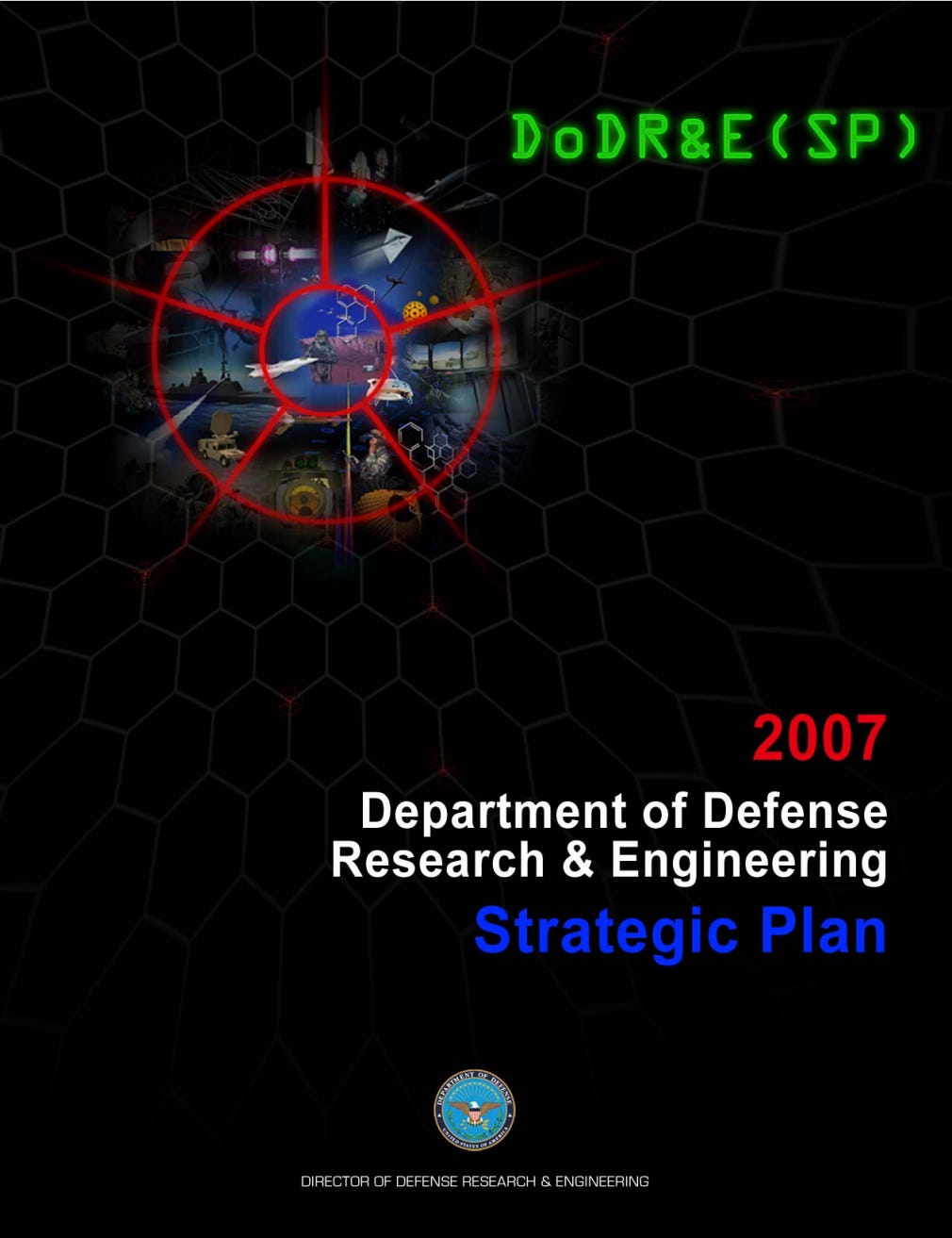
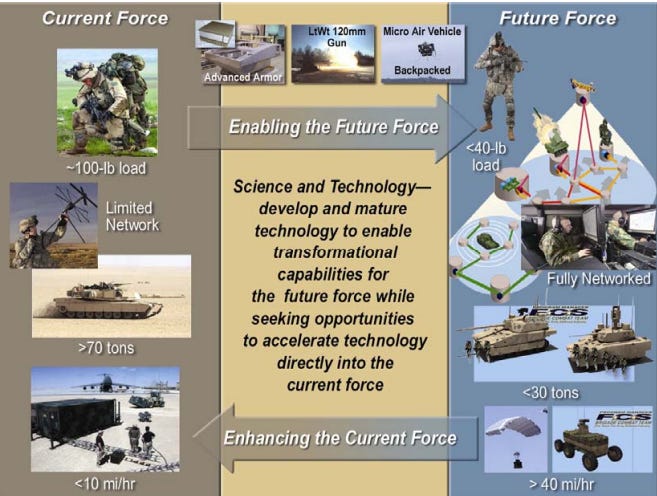
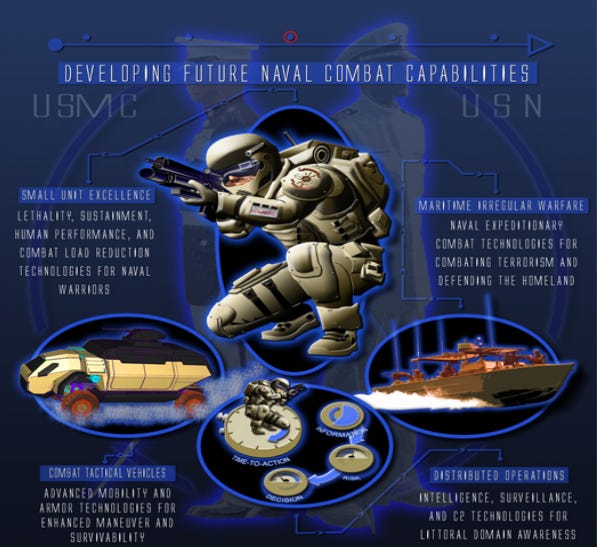










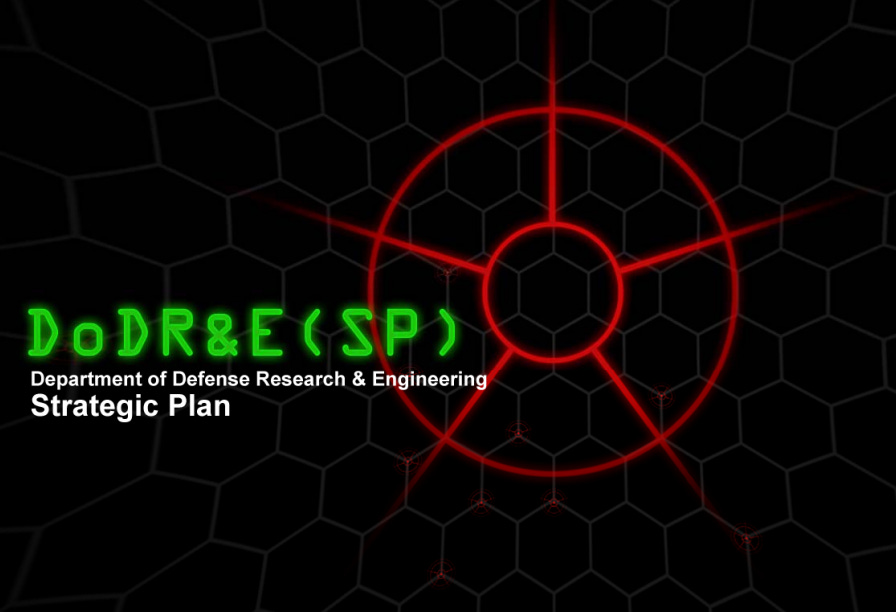














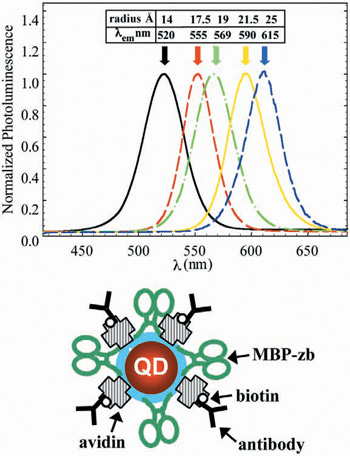
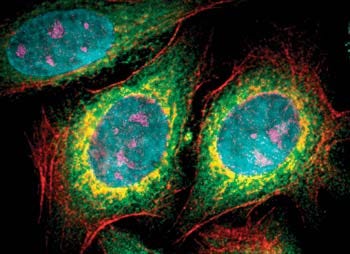
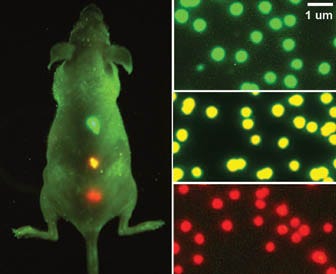


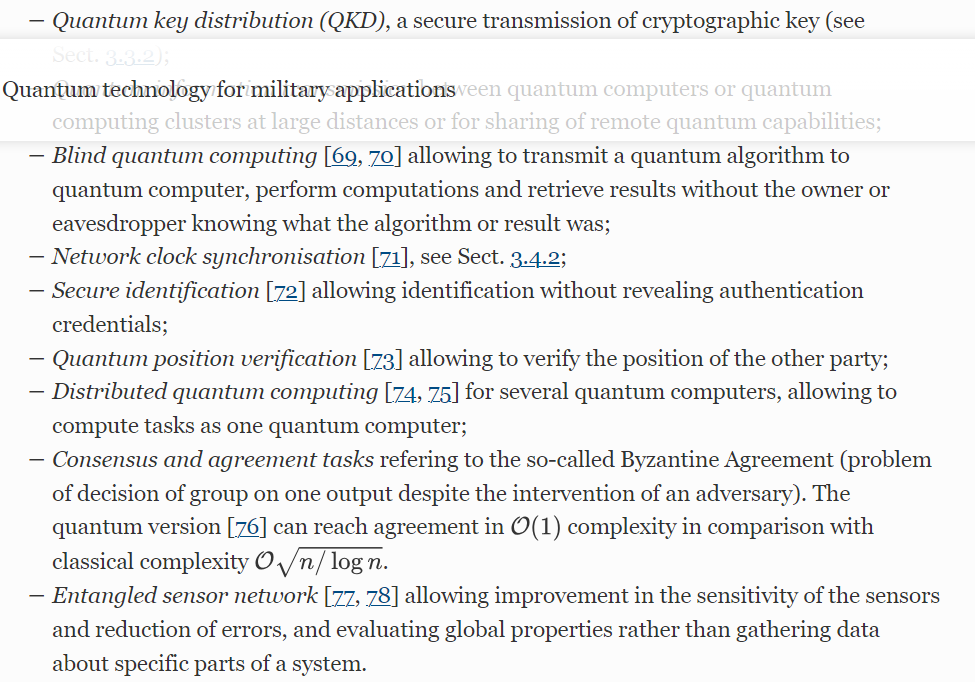




Outraged Human - Thank you for ALL this info!
Yuval Harari “To hack a human being is to understand what's happening inside you on the level of the body, of the brain, of the mind, so that you can predict what people will do. You can understand how they feel and you can, of course, once you understand and predict, you can usually also manipulate and control and even replace. And of course it can't be done perfectly and it was possible to do it to some extent also a century ago. But the difference in the level is significant. I would say that the real key is whether somebody can understand you better than you understand yourself. The algorithms that are trying to hack us, they will never be perfect. There is no such thing as understanding perfectly everything or predicting everything. You don't need perfect, you just need to be better than the average human. “ https://www.wired.com/story/artificial-intelligence-yuval-noah-harari-tristan-harris/